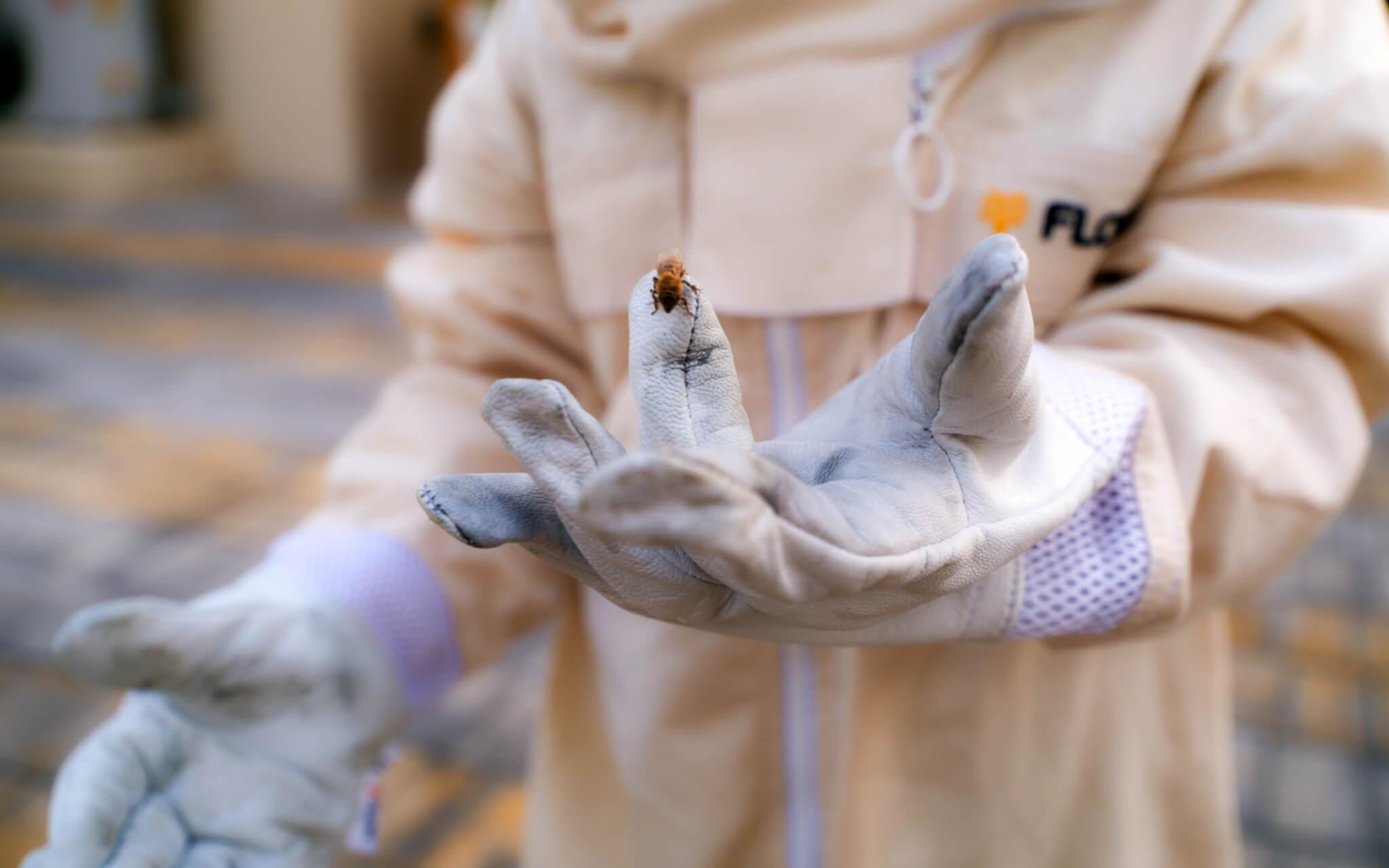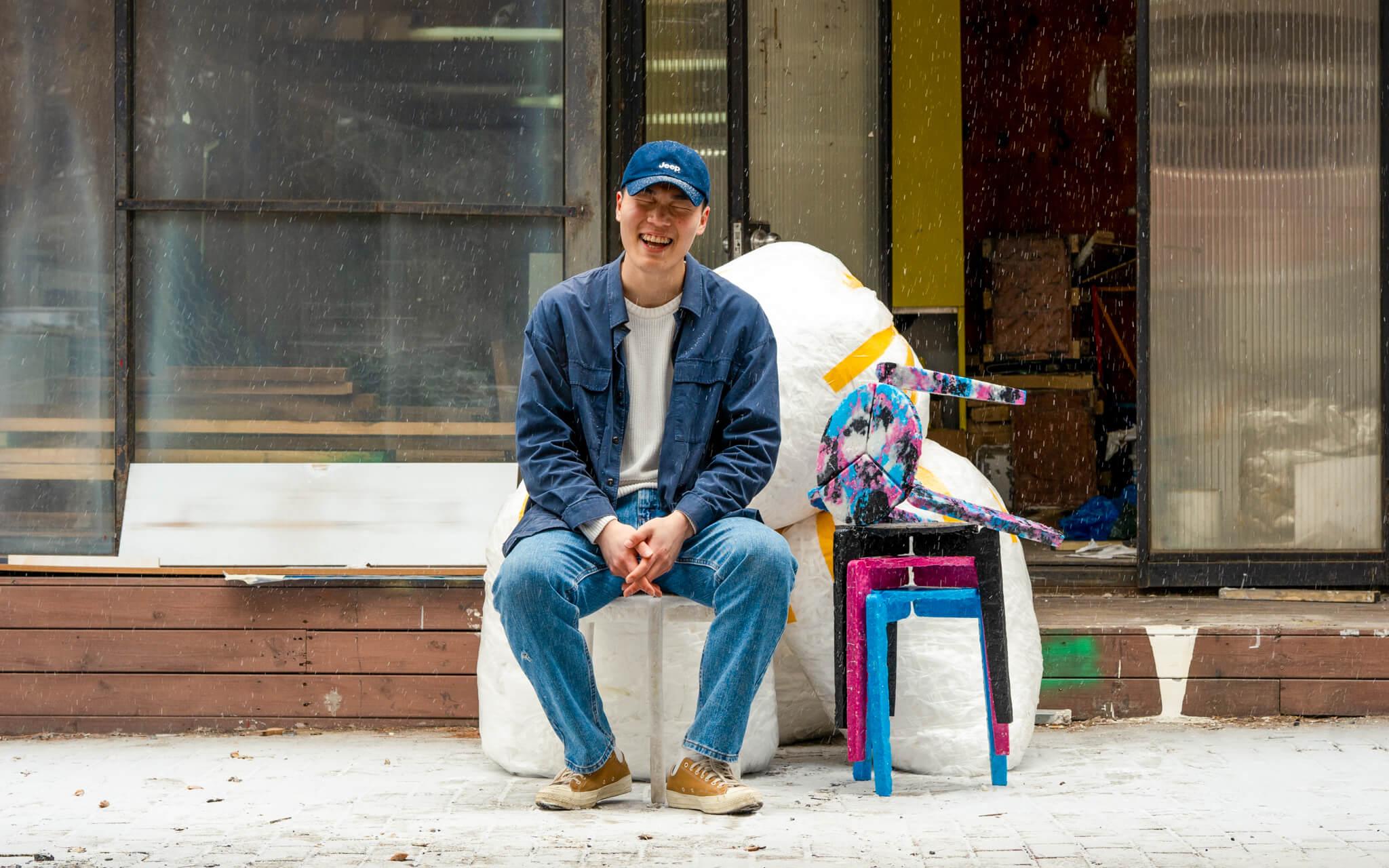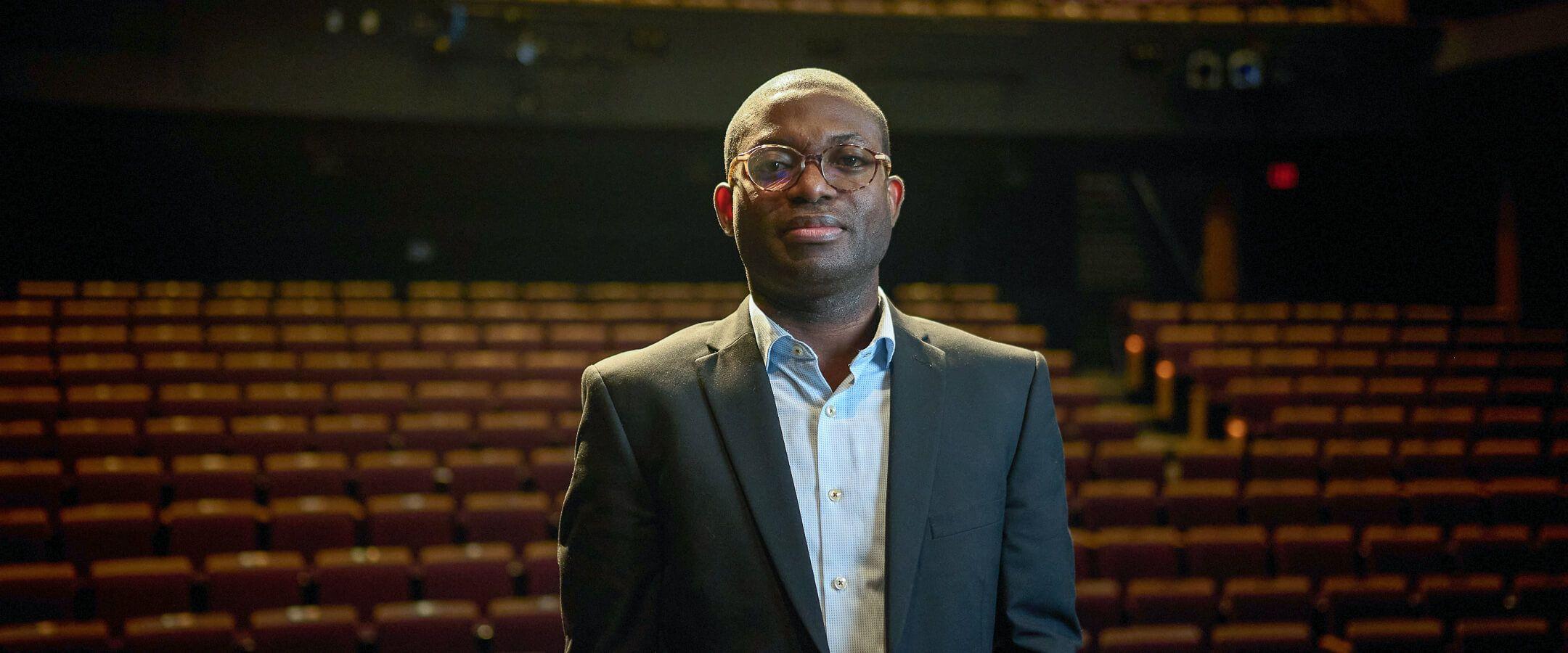Could Robot Fish Guard Our Underwater World?
What if a fish could tell us what was wrong underwater? Aquaai’s fleets of bio-inspired fish-like drones are protecting ecosystems and detecting issues in real time without intruding on existing underwater life.
On a chilly winter evening in 2017, the salmon of a sustainable aquaculture farm off the remote island of Kvarøy, Norway, were visited by a mysterious guest. An unusually large fish had suddenly appeared in their crisp Arctic waters and was swimming alongside them.
“Salmon are prone to heart attacks if they are frightened. To our amazement, in 15-20 minutes, they were swimming next to our robot,” recounts Liane Thompson, co-founder and CEO of Aquaai. This marine robotics company produces 3D-printed robotic fish that collect visual and environmental data in real-time to protect global water bodies.
Typically, it would take days or weeks before the salmon interacted with any new addition to the cage, whether a buoy, camera or sensor.
“The undulation of the tail and the movement, fluidity through the water really calmed the salmon, so they were not all afraid of our technology,” says Liane. “We were all so excited at how embraced we were by the salmon.”
These Autonomous Underwater Vehicles (AUV) were the work of Simeon Pieterkosky, a South African inventor with decades of experience in robotics, special effects and animatronics. Simeon co-founded Aquaai with his wife, Liane, a former New York Times executive. Their fish-like drone, designed to resemble a clownfish with orange, white and black stripes, carries a payload of sensors that offer a multifaceted glimpse into the underwater world.
Traditional sensors are static, relying on fish to swim nearby, which can be challenging in cages as large as 190 meters. Aquaai’s mobile fishlike platform carries the static sensors and is equipped with avoidance sensors, 360-degree cameras, GPS, and a complex navigation system to swim close to the live fish for optimised monitoring to detect anomalies in real-time. Customers can even change the combination of sensors to suit their needs.
“It does really look and swim like a fish, so we’re able to get in tight places - around corals, around the infrastructure, in canals that your typical systems couldn’t do.” Machines with propellers could stir up sediment and destroy kelp, for example.
Part of the credit for Aquaai goes to Simeon’s daughter, Emily, who grew up watching her dad make cutting-edge technology, such as humanoid robots. Emily had a serious request for her father at only eight years old. “She came home one day and she said, ‘Dad, can you make me a promise to use your skill set to come up with a solution to save life in and out of the waterways?’” Simeon recalls.
Aquaai’s end-to-end system provides its customers visuals and metrics such as salinity, dissolved oxygen, temperature, depth and pH on a web dashboard, viewable from the comfort of their office. If there is an oxygen drop that can lead to mass fish fatalities, the farmer is notified and can quickly react. The Norwegian farmers were amazed. They were on board, and Aquaai, until then a Silicon Valley-based company, opened a subsidiary in Norway in 2019.
We're addressing critical issues in water bodies, be it pollution, subsurface infrastructure or biodiversity issues, and we're doing that by applying AI, data and biomimicry robotics.
Liane says, “We're addressing critical issues in water bodies, be it pollution, subsurface infrastructure or biodiversity issues, and we're doing that by applying AI, data and biomimicry robotics.”
The need was clear - global waterways are increasingly polluted, and the water cycle is changing due to the climate crisis. According to a 2024 report, water-related disasters such as flash floods, landslides and tropical cyclones caused over 8700 deaths, displaced 40 million people and inflicted more than $550 billion in damages in 2024 alone.
Simeon is no stranger to climate awareness, thanks to a life-changing encounter at the age of 12 when he stumbled into the Climate Future 2030 convention instead of a comic book convention. As his childhood fascination with dissecting and building machines spurred a career in animatronics and robotics, he also worked in conservation. “I always felt myself taking whatever money I earned and bringing it back into the climate issue.”
“Of eight billion people on the planet, around four billion live closer than three kilometres away from a water source,” says Simeon. “What's happening with the climate is the Whiplash Effect, the things that you see now, which are the floods, the storms, the heavy pollution that's coming from runoff, and sewage plants.”
“It always seemed to me there was never a tool that could prevent a disaster before it even happened.”
When Simeon came across robot fish used for military purposes, he envisioned the sophisticated technology being a game-changer in protecting water bodies.
Simeon and Liane’s vision is to see their robotic fish deployed as a ubiquitous tool for all subsurface monitoring. “Whether you're building a house or making a street or farming fields, everyone reaches for a tractor,” says Liane. “We see Aquaai to be that tractor that everyone reaches for when they’re working in the waterways.” She also emphasises their passion for community outreach and education in schools and colleges, and dreams of being part of disaster relief operations, where their fishlike robots detect toxicity in post-flood waters.
They’ve already won several awards - receiving a European EIC Seal of Excellence for their technology, an Innovation Norway grant and selection in the Hub71 accelerator as well.
Simeon shares a full circle moment - a statement by his daughter, now a young adult. “She said, ‘You make me proud, because I see the dedication that you put into something, and it’s not just for wealth. It’s actually to save people’s lives.’ So still today, that promise holds strength; it's one of our guiding forces in the company,” he said.
And beneath the waves, a robotic fish keeps swimming.
Most Popular
The Climate Tribe delivers stories about Biodiversity and Conservation, Circular Economy, Food and Water , and how they intersect with climate.
Subscribe
Get the latest stories inspiring climate action around the globe straight to your inbox.






